The terminus of the boardwalk provides a nice informational board and a view of the beach and coastline north and south. A hustle down the sandy embankment leads you right onto the firm red beach. I wandered along the tide line beach-combing for tumbled quartz and keeping my eyes peeled for agates while couples passed with their dogs joyfully bounding into the surf. The day was windy, overcast, and cool, and yet still a great place to inhale the soul of Angus and contemplate the meaning of life or the next meal, whichever you prefer.
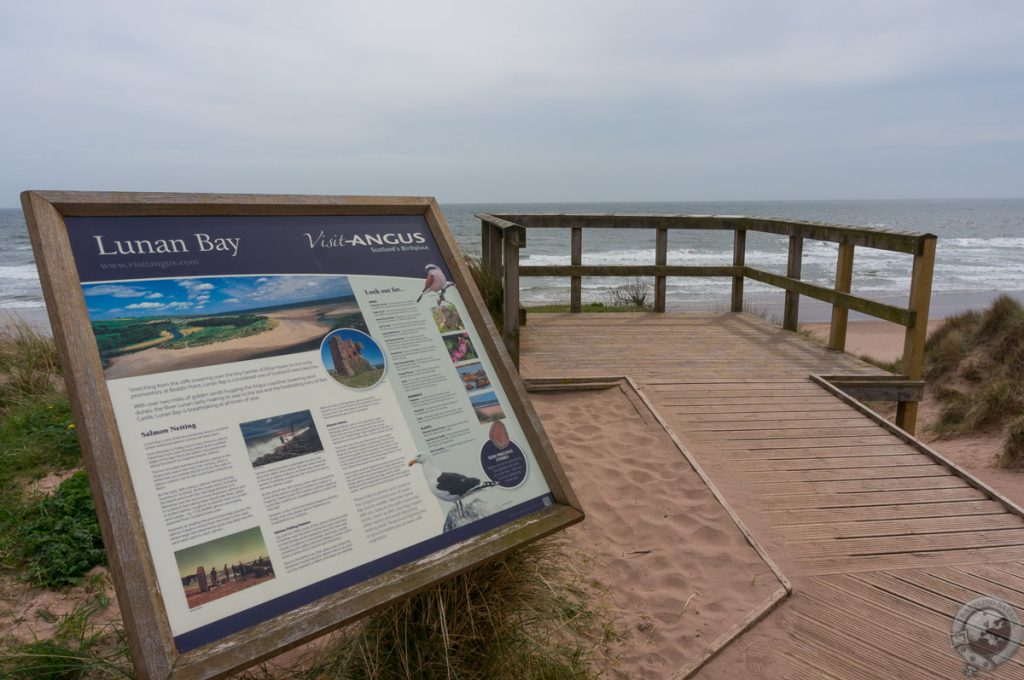
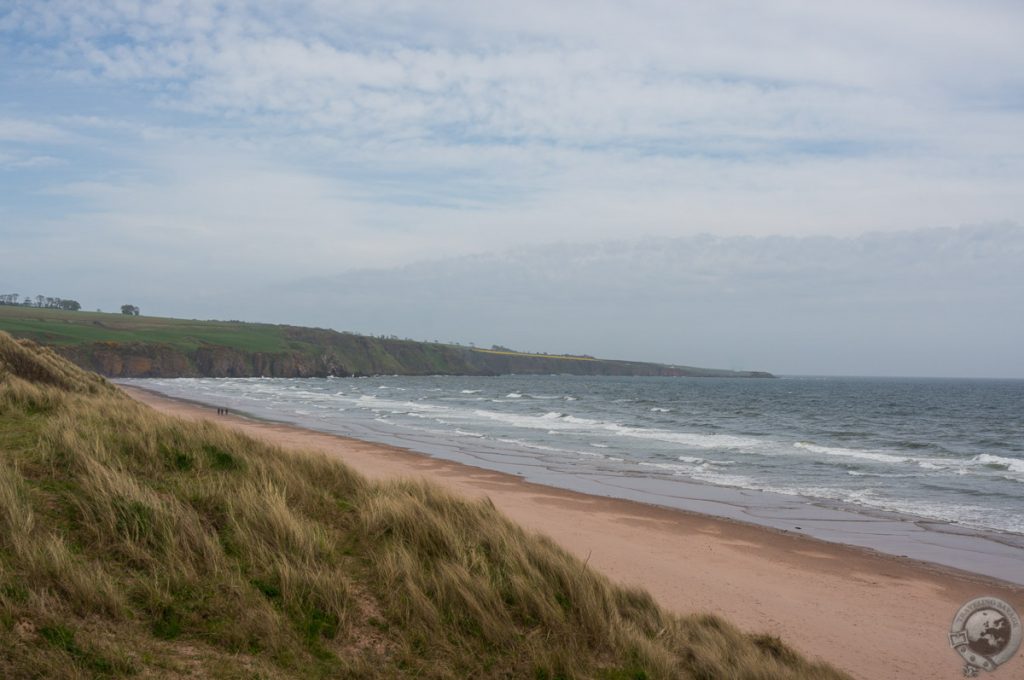
Lunan Bay’s position on Scotland’s east coast, facing Scandinavia, meant it was destined to see vikings from the east. The earliest recorded structure along Lunan Bay was built by King William the Lion in the late 12th century to repel these marauders. This structure was probably built on the promontory overlooking the beach, where the current ruins of Red Castle now stand, since the sheltered nature of Lunan Bay makes an obvious entry to eastern Scotland and a fine place to beach longships.
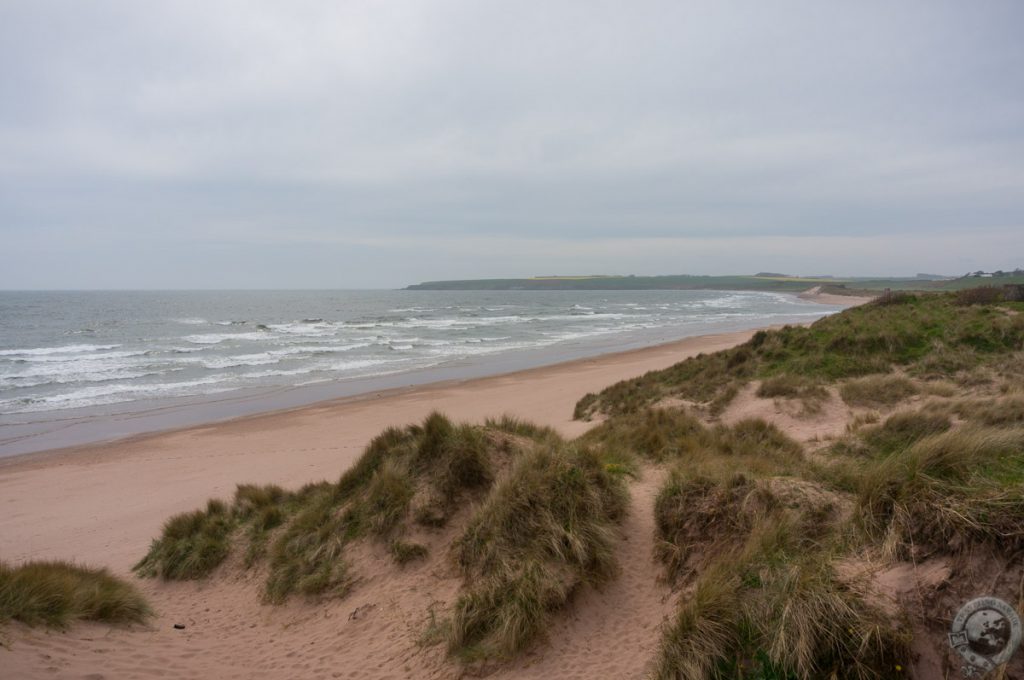
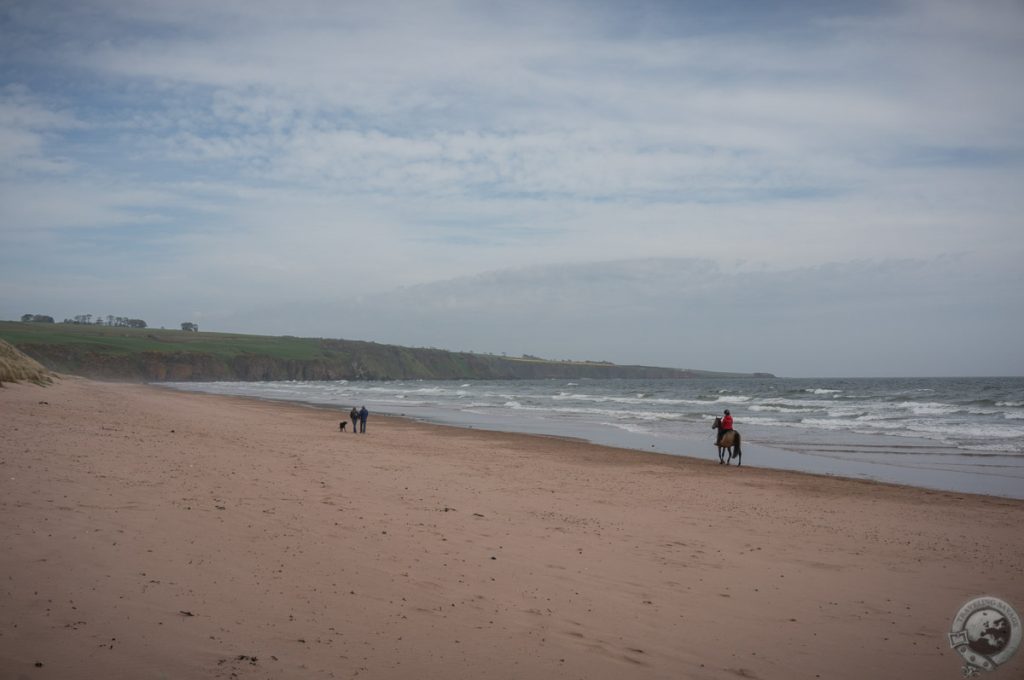
The southern terminus of Lunan Bay’s beach is the Lunan Water which squiggles into the sea. From the riverbanks you can’t miss the ruins of Red Castle towering overhead, but note that you cannot reach the ruins from the beach. It’s a fool’s errand attempting to climb up the hillside, but the view of the ruins from below is fantastic.
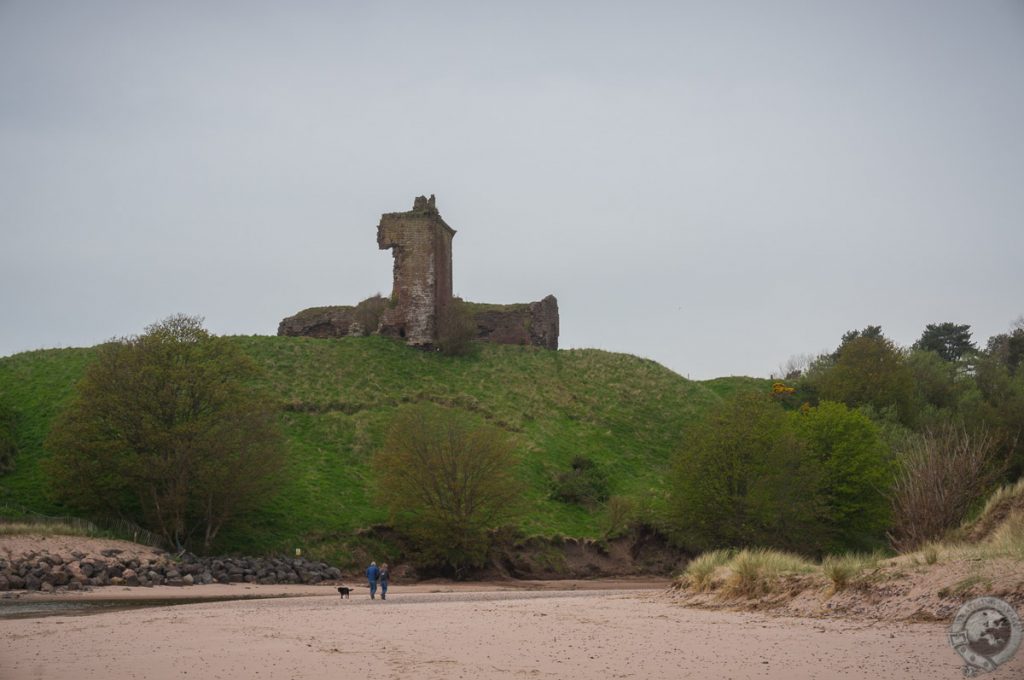
To reach Red Castle’s ruins you must return to Lunan and turn left on the unnamed country road. Less than a minute later you’ll pass into a partly forested stretch with a narrow pull-off area. Across the street you’ll see a path leading to a gate, which then continues further uphill. Follow this onto the grassy hilltop above Lunan Bay.
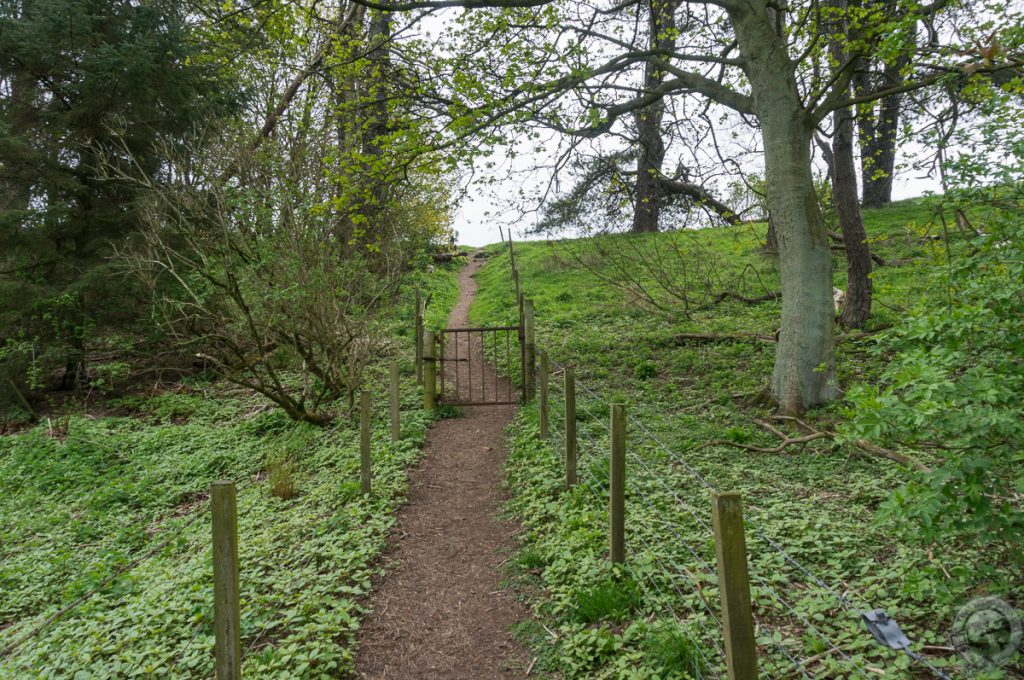
The beaten path leads to the reddish, weather-worn remains of Red Castle. This is a secretive, majestic approach to a little-known ruin, and I prize such finds. What remains of Red Castle are the tower and enceinte, both of which are only partially there. As I approached the red sandstone keep I realized this is the best view of Lunan Bay, which makes perfect sense when you consider this was meant to be a defensible position against viking incursions.
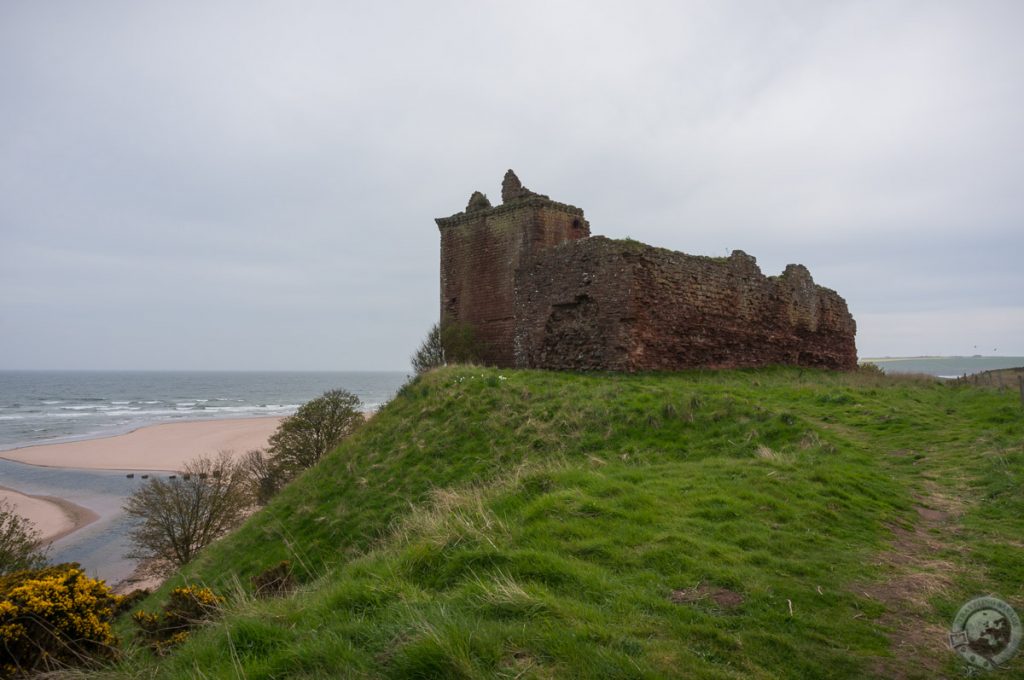
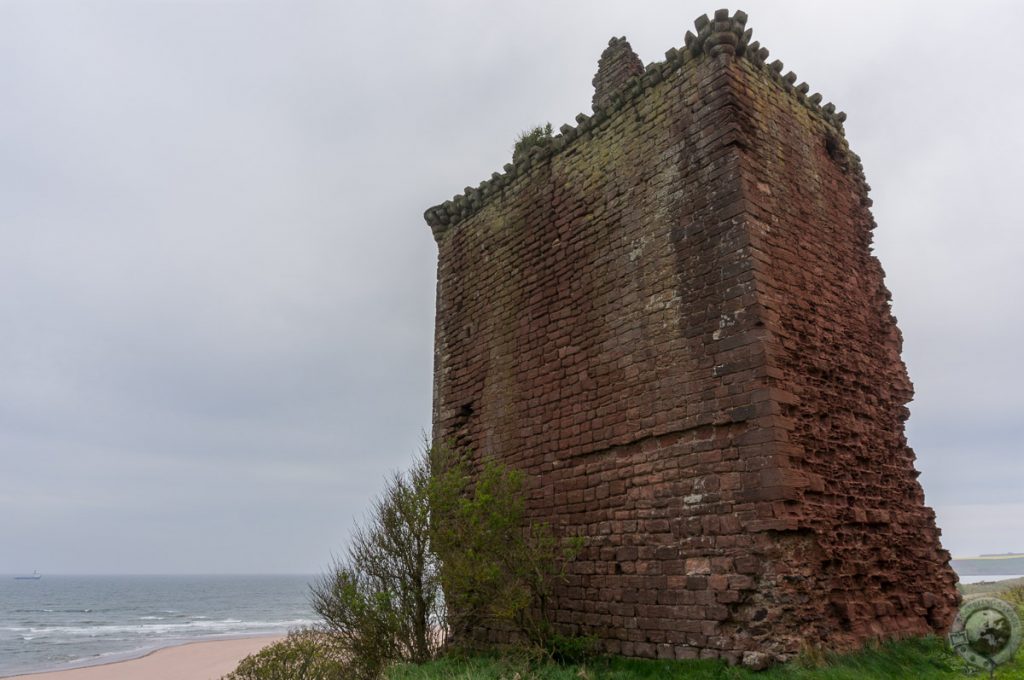
Bits of the tower’s crenellations and battlements remain, and there’s a small door yet in the curtain wall, but this is a castle in a dire state of disrepair. Red Castle passed into the hands of the Balliol and Bruce families, both with outsized impressions on Scottish history. In the 16th century, a falling out between Lady Beaton and James Gray led to a full Covenanters’ siege of the castle that lasted two years and ultimately led to its ruin. The castle never recovered and began its inevitable decline.









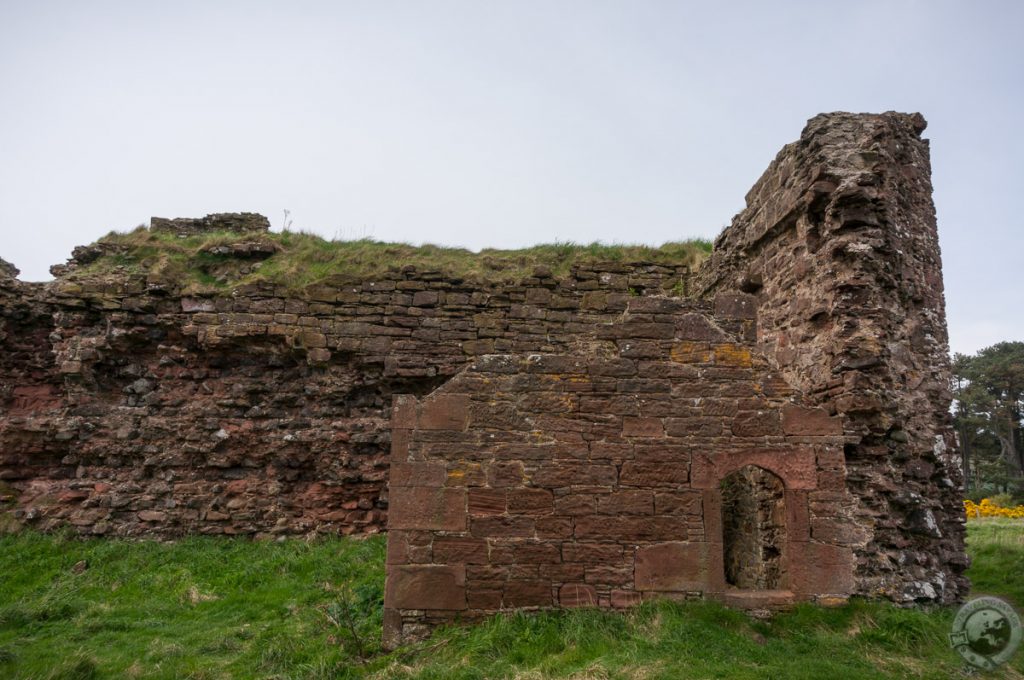
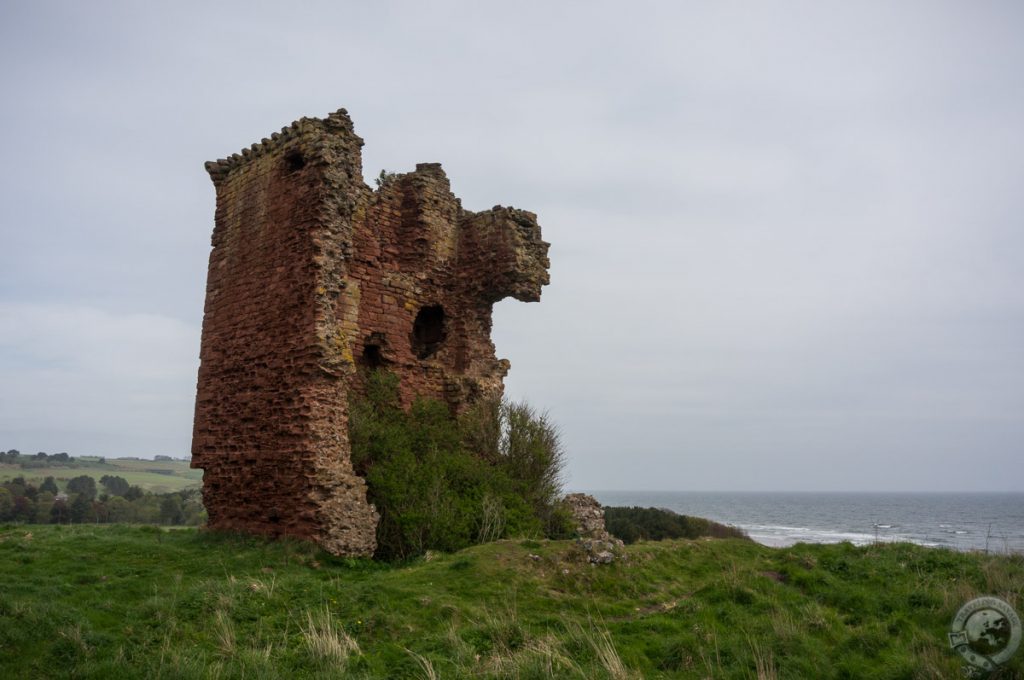
Nice piece as usual, Keith. And I particularly liked a comment you made about Red Castle near Inverness. My McKenzie/MacKenzie research also indicates that “my people” were also in that castle for a time.
MacKenzie is also my connection there!